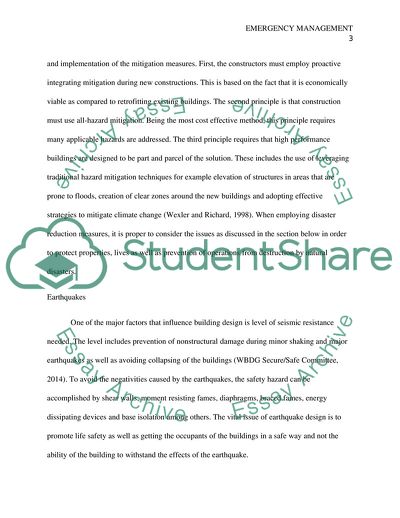Cite this document
(Emergency Management Coursework Example | Topics and Well Written Essays - 1250 words, n.d.)
Emergency Management Coursework Example | Topics and Well Written Essays - 1250 words. https://studentshare.org/environmental-studies/1860506-emergency-management
Emergency Management Coursework Example | Topics and Well Written Essays - 1250 words. https://studentshare.org/environmental-studies/1860506-emergency-management
(Emergency Management Coursework Example | Topics and Well Written Essays - 1250 Words)
Emergency Management Coursework Example | Topics and Well Written Essays - 1250 Words. https://studentshare.org/environmental-studies/1860506-emergency-management.
Emergency Management Coursework Example | Topics and Well Written Essays - 1250 Words. https://studentshare.org/environmental-studies/1860506-emergency-management.
“Emergency Management Coursework Example | Topics and Well Written Essays - 1250 Words”. https://studentshare.org/environmental-studies/1860506-emergency-management.


